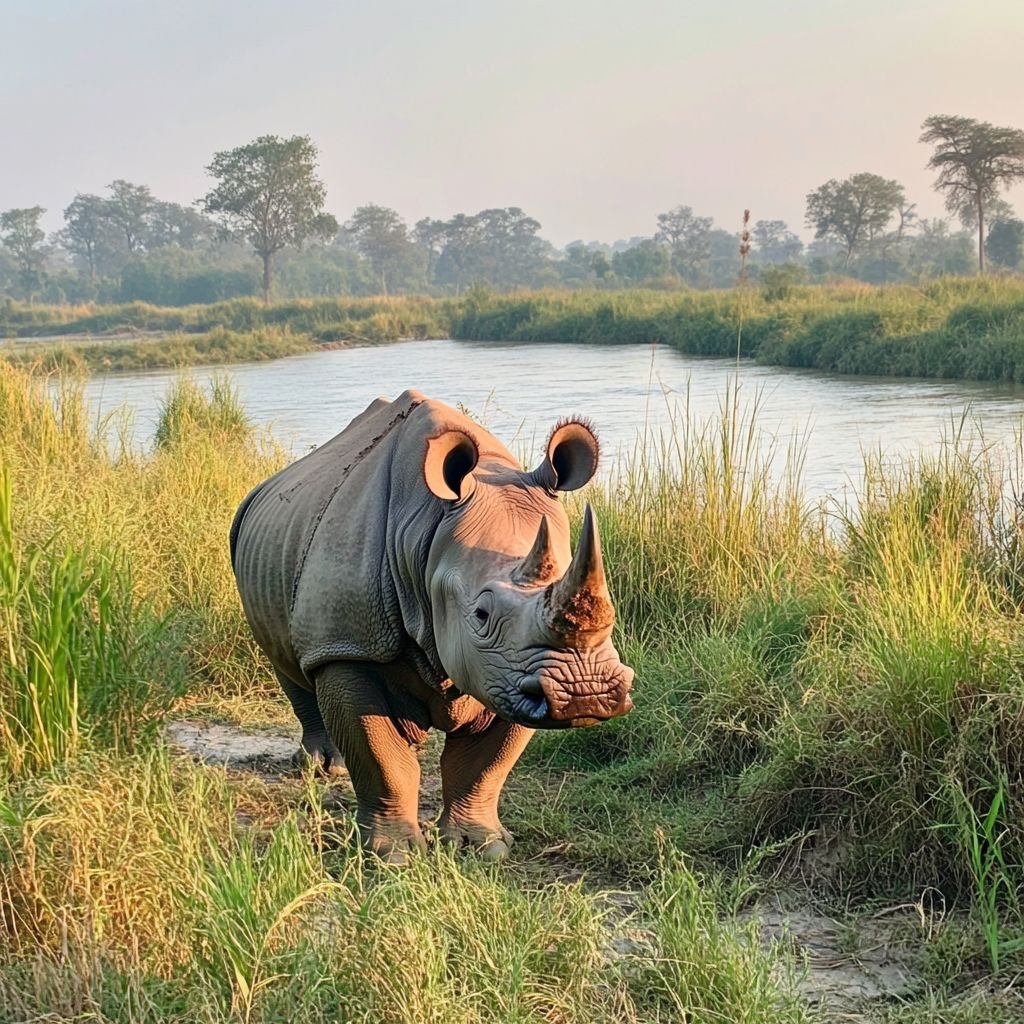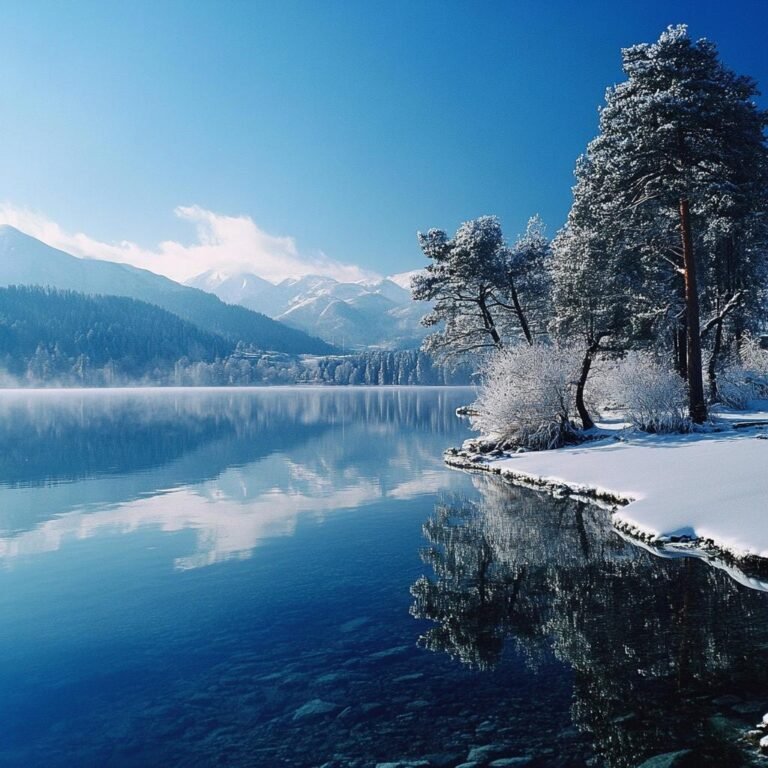Best time to visit Sauraha, Chitwan
Nestled in the heart of Nepal’s Terai region, Sauraha is the gateway to the renowned Chitwan National Park, one of the country’s most celebrated wildlife destinations. As you plan your adventure to this natural wonder, timing is of the essence. To help you make the most of your visit, let’s explore the best time to experience the mesmerizing Sauraha, Chitwan.
Factors to Consider When Visiting Sauraha
Climate and Weather
The climate in Sauraha is tropical, with distinct seasonal variations that can significantly impact your travel experience. Understanding these patterns is crucial in determining the optimal time to visit.
Monsoon Season (June to September): During the monsoon season, the region experiences heavy rainfall, with average precipitation levels reaching their peak in July and August. Temperatures remain warm, with average highs around 35°C (95°F). While the lush, verdant landscape is captivating, the wet conditions can make certain activities, such as jungle safaris, more challenging.
Dry Season (October to May): The dry season offers a more comfortable climate, with average temperatures ranging from 20°C (68°F) to 30°C (86°F). Rainfall is significantly lower, making it an ideal time for outdoor activities. The winter months (December to February) can be quite chilly, with overnight temperatures sometimes dipping below 10°C (50°F).
Wildlife Viewing Opportunities
Chitwan National Park is renowned for its diverse wildlife, and the best time to spot these magnificent creatures can vary depending on the season.
Optimal Seasons for Spotting Different Species:
- Rhinoceros and Deer: Best seen during the dry season, when they congregate around water sources.
- Tigers: More easily spotted during the dry season, as they venture out in search of prey.
- Elephants: Can be observed year-round, but sightings are more frequent during the dry season.
- Birds: Bird-watching is excellent throughout the year, but the migratory season (October to April) offers the greatest diversity.
The availability of water sources and the condition of the vegetation also play a crucial role in wildlife viewing. During the monsoon season, the lush greenery and abundant water sources can make spotting some animals more challenging.
Tourist Crowds and Accessibility
Sauraha’s popularity as a tourist destination means that crowd levels can fluctuate significantly throughout the year.
Peak Season (October to May): This is the busiest time of the year, with visitors flocking to Sauraha to experience the optimal weather and increased wildlife activity. Accommodations and services can be more expensive and crowded during this period.
Off-Peak Season (June to September): The monsoon season sees fewer tourists, making it a more peaceful and budget-friendly time to visit. However, certain activities and services may be limited or less accessible due to the weather conditions.

Best Time to Visit Sauraha
High Season (October to May)
The high season, spanning from October to May, is widely considered the best time to visit Sauraha and Chitwan National Park. During this period, the weather is dry and cool, providing excellent conditions for a range of activities.
Highlights:
- Ideal weather for outdoor activities like jungle safaris, elephant rides, and bird-watching.
- Increased chances of spotting wildlife, as animals are more active and congregate around water sources.
- Cultural festivals and events, such as the Chitwan Festival and the Elephant Festival, take place during this time.
Drawbacks:
- Higher prices for accommodations and services due to the influx of tourists.
- Increased crowds, which can sometimes compromise the sense of solitude and privacy during activities.
Shoulder Season (March to May, September to November)
The shoulder seasons, which fall between the high and low seasons, offer a more moderate experience. These transitional periods can be an excellent compromise for those seeking to avoid the peak crowds while still enjoying favorable weather and wildlife viewing opportunities.
Highlights:
- Moderate temperatures and lower precipitation levels compared to the monsoon season.
- Fewer crowds, allowing for a more personalized and immersive experience.
- Opportunities to observe the changing behavior of wildlife as they adapt to the shifting weather patterns.
Drawbacks:
- Some activities and services may be less accessible or have reduced availability due to the transition between seasons.
- Certain wildlife species may be more challenging to spot during these transitional periods.
Low Season (June to August)
The low season, coinciding with the monsoon months of June to August, is the least popular time to visit Sauraha. While this period offers reduced crowds and lower prices, it also presents several challenges for visitors.
Highlights:
- Significantly lower prices for accommodations and services.
- Fewer tourists, allowing for a more peaceful and authentic experience.
- Opportunities to explore community projects and engage with the local culture during the off-peak season.
Drawbacks:
- Wet and humid weather conditions, which can make activities like jungle safaris and outdoor excursions less enjoyable.
- Reduced wildlife viewing opportunities, as animals may be more elusive and harder to spot due to the abundant water sources and vegetation.
- Certain activities and services may have limited availability or be temporarily suspended due to the monsoon conditions.

Seasonal Highlights and Activities in Sauraha
Dry Season (October to May)
During the dry season, Sauraha and Chitwan National Park offer a wide range of activities that showcase the region’s natural wonders.
Key Activities:
- Jungle safaris in search of rhinos, tigers, elephants, and other wildlife
- Elephant-back safaris for a unique perspective of the park
- Bird-watching to observe the diverse avian species
- Cultural experiences, such as visiting local villages and learning about traditional crafts
Monsoon Season (June to September)
While the monsoon season brings challenges, it also presents unique opportunities to explore Sauraha and its surroundings.
Key Activities:
- Rafting and canoeing on the Rapti River, which swells during the rainy months
- Visiting community projects and learning about the region’s sustainable initiatives
- Exploring the lush, verdant landscapes and observing the transformation of the ecosystem
Accommodations and Travel Tips
Sauraha offers a range of accommodations to suit various budgets and preferences, from luxury resorts to budget-friendly lodges. When planning your visit, consider factors such as location, amenities, and proximity to the park. Additionally, research transportation options, as accessibility can vary depending on the season.
To make the most of your Sauraha adventure, be sure to pack appropriate clothing, sun protection, and mosquito repellent. It’s also advisable to book your accommodations and activities well in advance, especially during the peak season.
Conclusion
Sauraha, the gateway to the captivating Chitwan National Park, offers a unique and unforgettable experience for nature enthusiasts. By considering the seasonal factors, from climate and wildlife to crowds and accessibility, you can determine the best time to visit and plan your dream adventure in this enchanting corner of Nepal. Whether you desire the optimal wildlife viewing conditions, the most comfortable weather, or the most budget-friendly options, Sauraha has something to offer throughout the year.
FAQs
What is the best time of year to visit Sauraha, Chitwan?
The best time to visit Sauraha and Chitwan National Park is during the dry season, which spans from October to May. This period offers ideal weather conditions for outdoor activities like jungle safaris, elephant rides, and birdwatching, as well as increased chances of spotting wildlife.
Is it possible to visit Sauraha during the monsoon season?
Yes, it is possible to visit Sauraha during the monsoon season (June to September), but it may not be the optimal time for certain activities. While the lush, verdant landscape is captivating, the wet weather can make some outdoor excursions more challenging. However, this is an excellent time to explore community projects and experience the transformation of the ecosystem.
How crowded is Sauraha during the peak season?
Sauraha experiences a significant influx of tourists during the peak season, which runs from October to May. This can result in higher prices for accommodations and services, as well as more crowded conditions during activities like jungle safaris and elephant rides. If you prefer a more serene and personalized experience, consider visiting during the shoulder season (March to May, September to November) when there are fewer crowds.
What are the best wildlife viewing opportunities in Sauraha?
Chitwan National Park is home to a diverse array of wildlife, including rhinoceros, tigers, elephants, and a wide variety of bird species. The dry season, particularly from October to May, offers the best chances of spotting these animals, as they tend to congregate around water sources and the vegetation is less dense. However, certain species, like migratory birds, can be observed more easily during the transition periods between seasons.
How do the weather and climate affect activities in Sauraha?
The weather and climate in Sauraha have a significant impact on the availability and enjoyment of various activities. During the dry season, the mild temperatures and low precipitation levels make outdoor activities like jungle safaris and elephant rides more comfortable and accessible. In contrast, the monsoon season’s heavy rainfall can make some excursions more challenging and limit accessibility to certain areas. Understanding the seasonal weather patterns is essential in planning your Sauraha adventure.





2 Comments